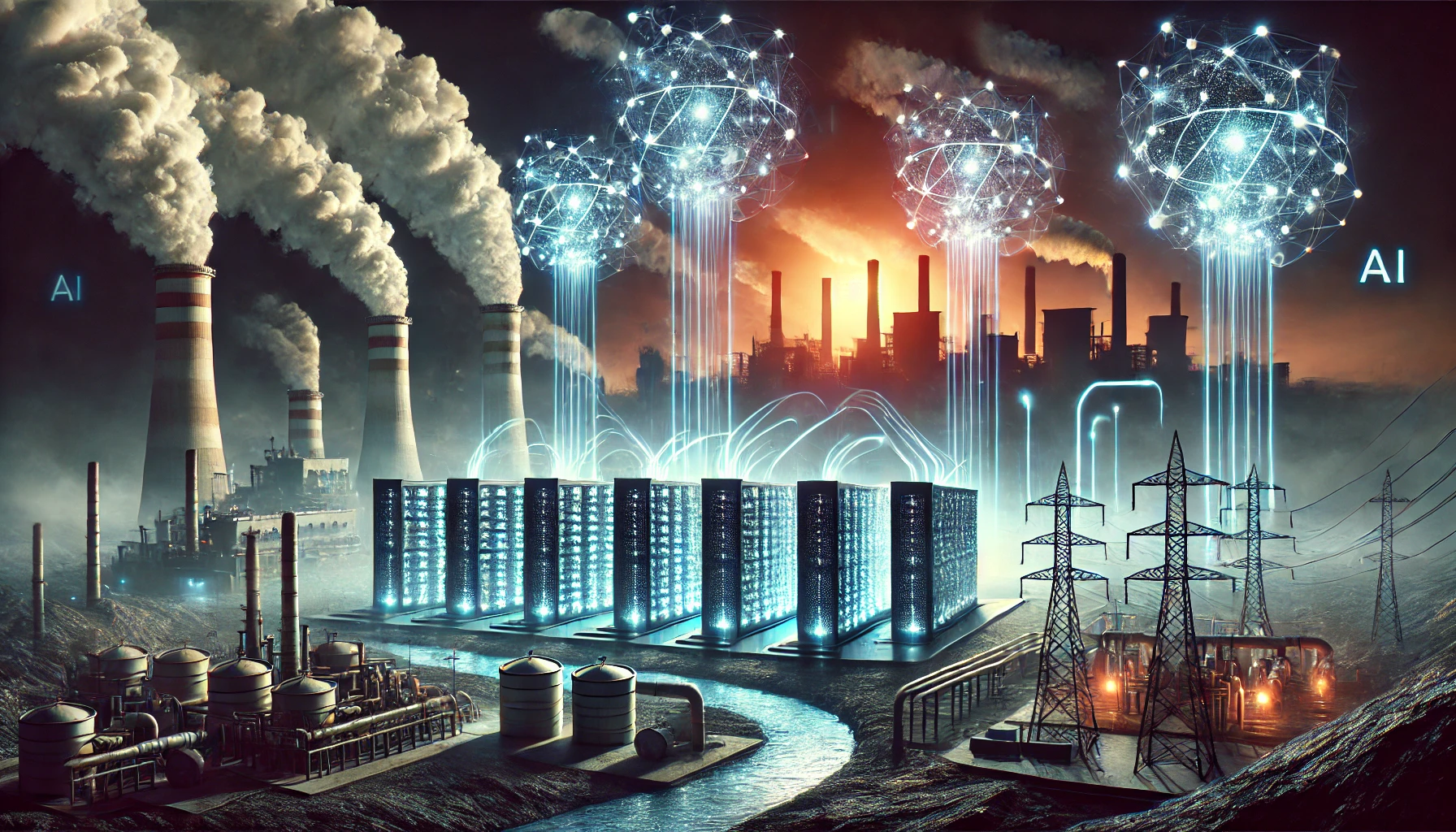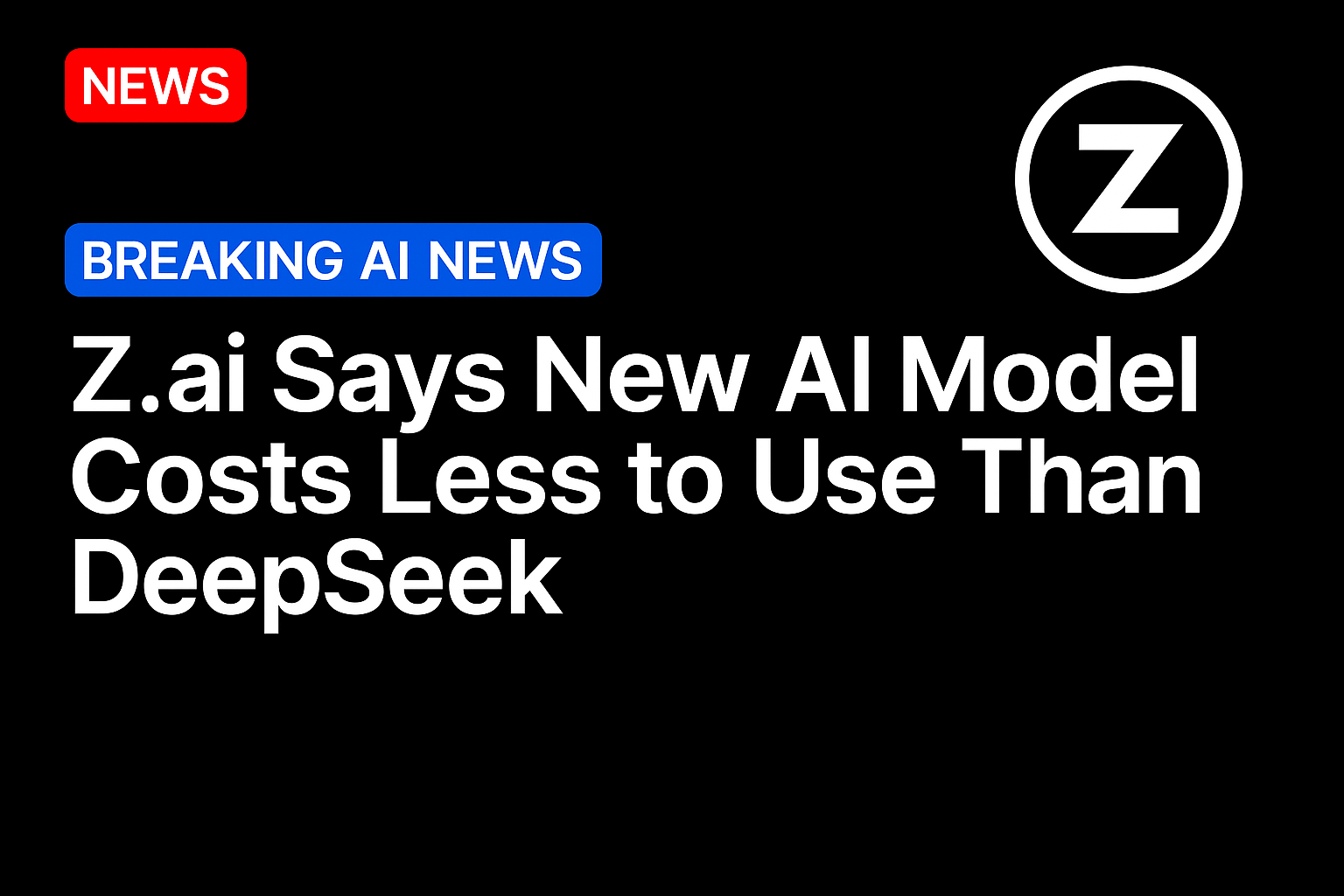Surging artificial intelligence (AI) use will drive up demand for fossil fuels to power data centres, but widespread adoption of AI applications could reduce greenhouse gas emissions overall, the International Energy Agency (IEA) said in a new report.
Power-hungry data centres will consume as much electricity by 2030 as Japan uses today – more than double their current demand – largely as a result of the global AI rush, the Paris-based watchdog forecasted.
While renewable energy sources – combined with batteries – are expected to supply half of the additional electricity, increased demand from data centres will be a “significant” driver of growth for fossil gas and coal-fired generation until the end of this decade, the report said. The IEA forecasts that nuclear energy – through small modular reactors – will start playing a bigger role as a provider of stable electricity by 2035.

“We hope to see that the electricity demand of the AI industry is met in a secure way, clean way and affordable way,” Fatih Birol, the IEA’s executive director, told reporters in a briefing on Thursday.
He added that each country will chart a different path based on energy priorities, available resources and emission-cutting targets.
AI-driven dash for gas
The United States accounts for by far the largest share of the projected electricity growth from AI technologies. By the end of the decade, the country is set to consume more electricity for data centres than for the production of aluminium, steel, cement, chemicals and all other energy-intensive goods combined, according to the report.
President Donald Trump is attempting to boost coal production in the country on the grounds that the dirty fuel will be “critical” to supplying electricity to AI data processing centres. In an executive order signed this week, he instructed cabinet members to identify regions where coal-powered infrastructure can support AI data centres.
Currently, the biggest source of electricity for data centres in the US is fossil gas, which will provide most of the additional supply until the end of the decade, according to the IEA report. In the state of Louisiana, for example, the construction of a large-scale gas power plant is being planned to power a massive new data centre run by Meta, the parent company of Facebook and Instagram.
Renewables are expected to be the second-largest source of additional electricity supply in the country, according to the IEA.
In China, the second-largest AI market, data centres are primarily powered by coal at the moment, and electricity growth demand is expected to be met both by coal and renewables by 2030.
Uncertainty over net AI-related emissions
The dependence on fossil fuels means emissions from the electricity use of data centres could rise by as much as 180% by 2035, becoming one of the fastest-growing sources of emissions, the IEA said. The carbon footprint of AI applications is likely to be far higher as that figure does not account for indirect emissions caused by the increasing demand for the carbon-intensive manufacturing of chips or materials like steel and cement to build data centres.
But, according to the IEA, concerns that AI could accelerate climate change are “overstated”. That is because data centres will be responsible for less than 1.5% of total energy-related emissions and the widespread adoption of AI applications to make a host of activities more efficient could keep far more greenhouse gases out of the atmosphere than those technologies emit directly.
For example, AI can help spot methane leaks in fossil fuel operations or optimise manufacturing processes and home heating and cooling to cut unnecessary electricity consumption.
The IEA acknowledged, however, that “various barriers to AI adoption will need to be overcome to unlock these gains”. It also warned about the risk of so-called rebound effects that can undercut some of the benefits of AI in emission reduction. For instance, the ability of the fossil fuel industry to extract oil and gas more cheaply by harnessing AI could spur greater demand for planet-heating fuels and drive up emissions.
“AI is a tool, potentially an incredibly powerful one, but it is up to us – our societies, governments and companies – how we use it,” said the IEA’s Birol.





